UN agency designates Iran’s rainfed fig orchards as Globally Important Agricultural Heritage System
The Food and Agriculture Organization of the United Nations (FAO) has formally designated a unique rainfed fig-growing region in Iran as a Globally Important Agricultural Heritage System (GIAHS), along with two other sites in Asia.
During a meeting of the GIAHS Scientific Advisory Group held in Valencia, Spain from July 4-7, the UN agency recognized the Estahban Rainfed Fig Orchards Heritage System in Iran's southern Fars province as a new GIAHS site in Asia.
The other two designated sites include an area near Tokyo known for its use of fallen leaves as compost for agriculture, and a system in western Japan that practices unique genetic preservation methods for breeding beef cattle.
GIAHS recognizes notable land use systems and landscapes full of life and biodiversity, resilient ecosystems, and valuable cultural heritages managed by farmers, herders, fisherfolk, and forest people.
The UN agency further underlined the importance of Asia’s centuries-old agricultural practices in feeding the world’s growing population and combating climate change and biodiversity loss.
Under the flagship program of FAO, the selection criteria stipulate that sites must be of global importance, have value as a public good, supporting food and livelihood security, agro-biodiversity, sustainable knowledge systems and practices, social values and culture as well as outstanding landscapes.
Recognizing these sites also spurs communities to continue sustainably managing these jewels of biodiversity and tradition.
The Estahban Rainfed Fig Orchards Heritage System in Iran is one of the world’s most important areas for rainfed fig production.
The communities living in this mountainous part of the country have been cultivating unique fig gardens for at least 250 years, using precious and ancient varieties of fruit.
With the latest additions to the global agricultural heritage systems list, FAO's worldwide agricultural heritage network now consists of 77 systems in 24 countries around the globe.
The program held a major event in May to award certificates to the most recently designated sites and use immersive experiences to celebrate the diversity of GIAHS systems worldwide.
The two Iranian sites of the Qanat-based Saffron Farming System in Gonabad and the Grape Production System in Jowzan Valley in the provinces of Khorasan Razavi and Hamadan were granted GIAHS awards in the event.
The Qanat Irrigated System of Kashan, Isfahan Province, was also designated as a Globally Important Agricultural Heritage System in 2014.
Iran seeks South Korea’s assistance for AI, fiber-optic projects
VIDEO | Iran's 'Eqtedar' (Power) maneuver
Israel hits HTS military target in Syria for 1st time since fall of Assad
VIDEO | Press TV's news headlines
Israel has slaughtered 13,000 students in Gaza, West Bank
VIDEO | More Zionist than Zionists: Biden’s legacy to be defined by Gaza genocide
Hamas confirms handing approval of Gaza ceasefire deal to mediators
VIDEO | Iran: Show of strength


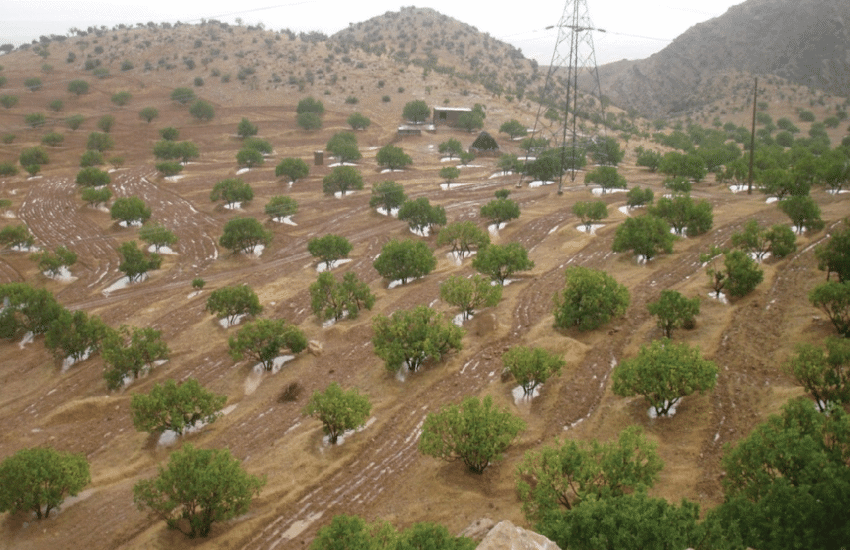
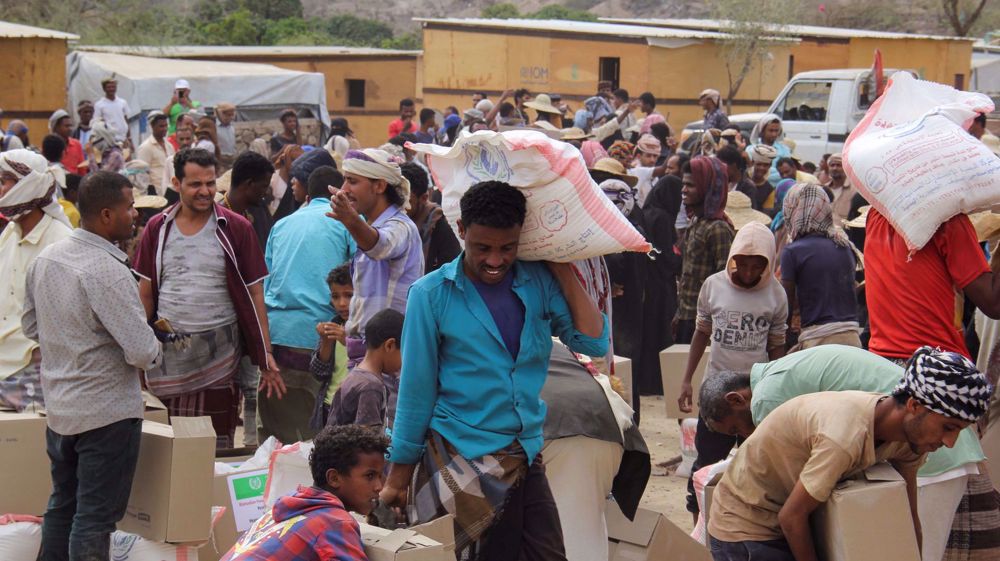
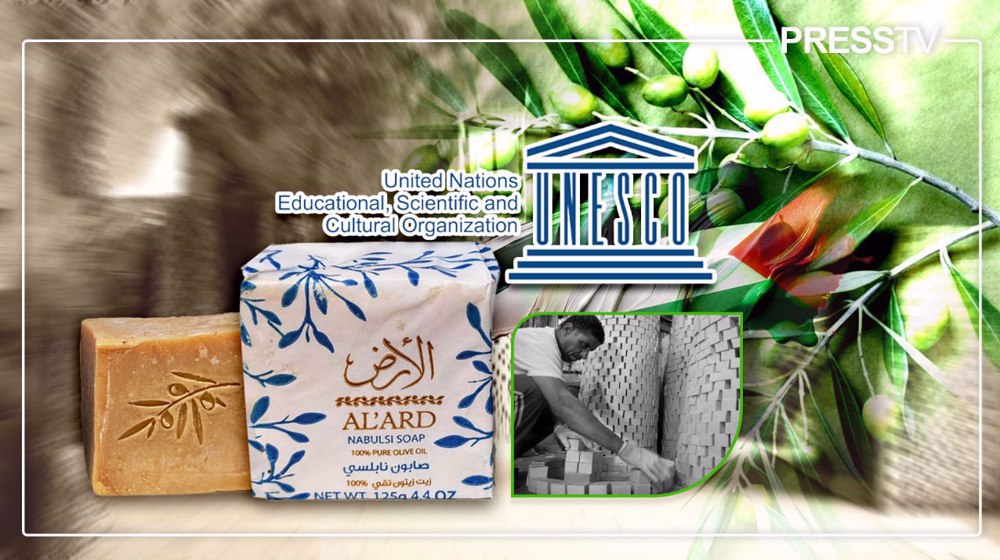






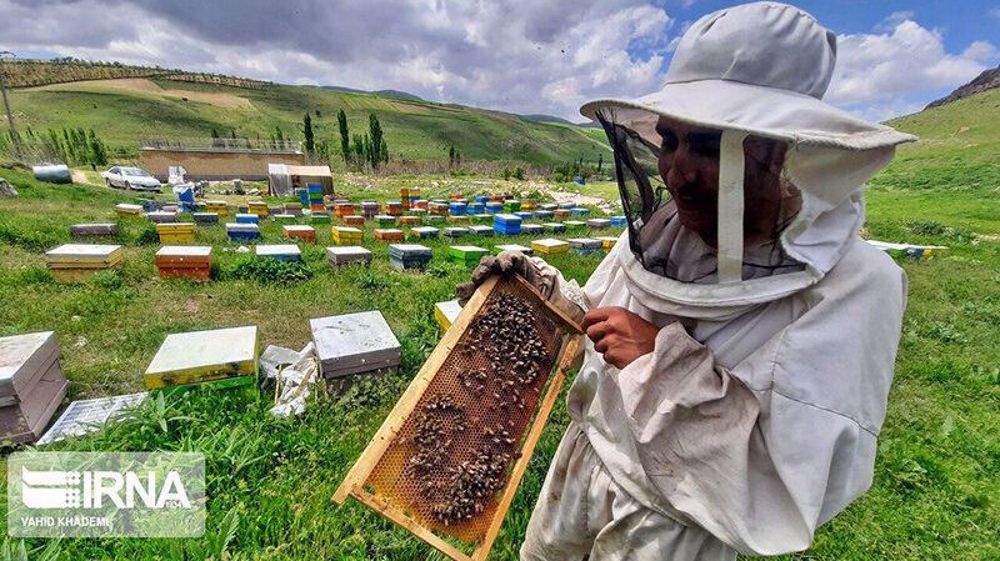
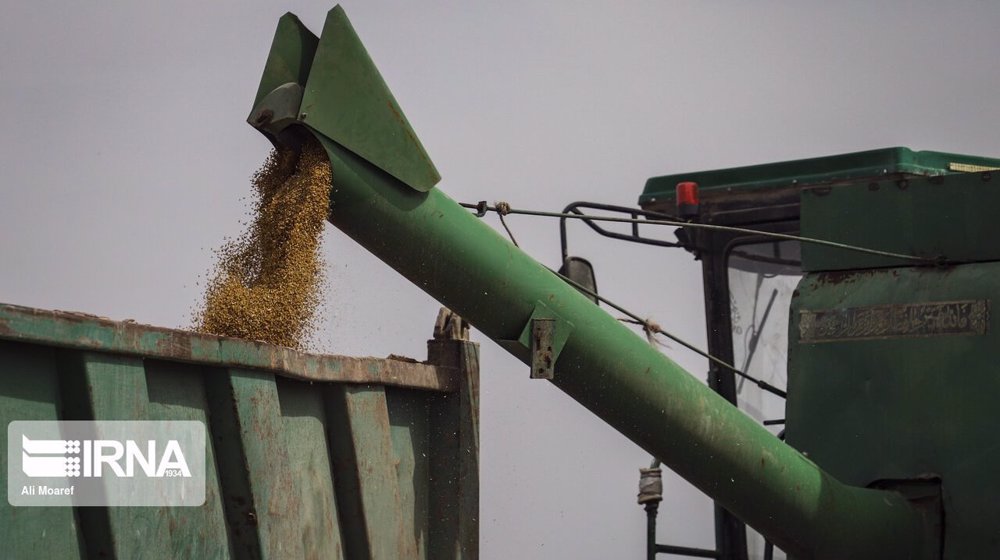


 This makes it easy to access the Press TV website
This makes it easy to access the Press TV website